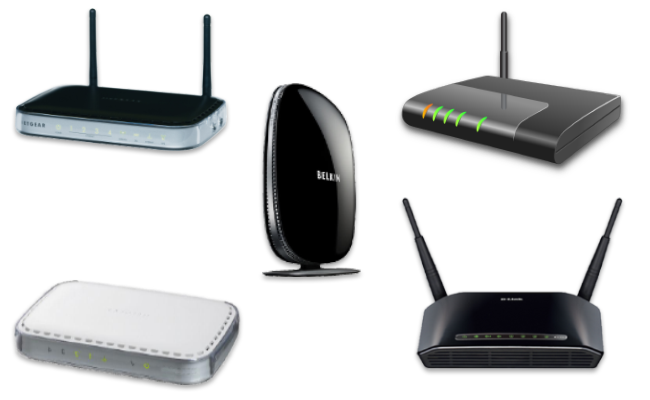
01 Aug What is the Difference between a Router and a Modem?
Routers and modems are two of the most important peripherals that help you get your Internet connection. Whether you are still using a separate router and modem or you are using a combo device, it is important that you understand the difference between these two devices.
Router
Simply put, a router is a little box that allows us to join multiple computers to one network. Older routers will feature several Ethernet ports that allow for wired connections, newer versions of the device are usually wireless.
The newer wireless routers have one or two antennas which can be moved around for receptivity, but many will “hide” the antennas within the box. You can join smart devices such as phones and tablets to a single network using a wireless router.
Using a router you can only be connected to a LAN; in order to connect to the Internet you will need to connect the router to a modem. This is why routers have an Ethernet port to connect to the Ethernet port of a cable or DSL modem.
Modem
As explained above, a modem is a device that help us access the Internet.
The modem connects to your Internet Service Provider, a cable or DSL Internet service. The same type of able (coaxial) that is used for your TV set is used to connect cable modems to a cable port on a wall socket. DSL (Digital Subscriber Line) modems can be connected to your telephone line using a connector called the RJ-11 jack, which connects to the telephone wall socket.
When you connect your modem to your router (instead of directly connecting it to your computer), all the devices that are affixed to your router will gain access to your modem, and through it, to the Internet. Your local IP address is generated by the router, but all connected devices will share the external IP address which is allocated by your ISP.

Sorry, the comment form is closed at this time.